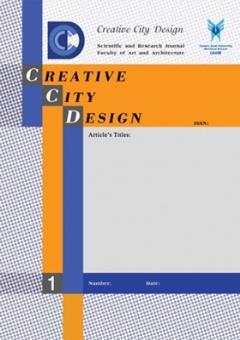The architectural reading of minimal space based on the semiotic approach in Wilson' work " EINSTEIN ON THE BEACH" theater
Subject Areas : Creative City DesignBibi Mahboubeh Hosseini Zeydabadi 1 , KAVEH BAZRAFKAN 2 , Jameldin Soheili 3
1 - Department of Architecture,Kish Branch, Islamic Azad university,kish, Iran
2 - Assistant professor, Department of Architecture, Tehran Centeral Branch, Islamic Azad University, Tehran,Iran
3 - Department of Architecture,Qazvin Branch,Islamic Azad University, Qazvin, Iran
Keywords: Mise-en-scè ne, architecture, Minimalist Space, Semiotics, Wilson’ s Theater,
Abstract :
Other arts have always influenced the art of architecture, and studying the relationship between them affects its advancement and improvement. The present article studies "space" as a fundamental matter in theater and architecture and tries to answer the question of how minimal facilities in the theater space have maximum effects on the audience's understanding of the architectural space and conveys the message and meaning. In this way, among the theaters with a minimalist approach, the performance "Einstein on the Beach" by "Wilson" selected, and the reading of space in the double theater and stage architecture have been examined. The descriptive-analytical research method with a layered semiotics approach is aimed at explaining the spatial structure, the components of space creation (in the physical layer), and finally, understanding how to convey the message in the theater. The findings show that the reading of the space of the physical layer is similar in the theater stage design and architecture. Thus, the key elements in prioritizing the spatial design were the layers of "light" and "sound" and the use of the technique of simultaneity and playing with time. The director designed by using the mother map and the visual book in an integrated manner and with a minimalist approach so that the combination of all kinds of lines and the use of precise geometric forms and golden proportions are evident in their formation and the creation of the work's space with punctuation compensates for what is omitted. Repetition or simplification is enriched.

